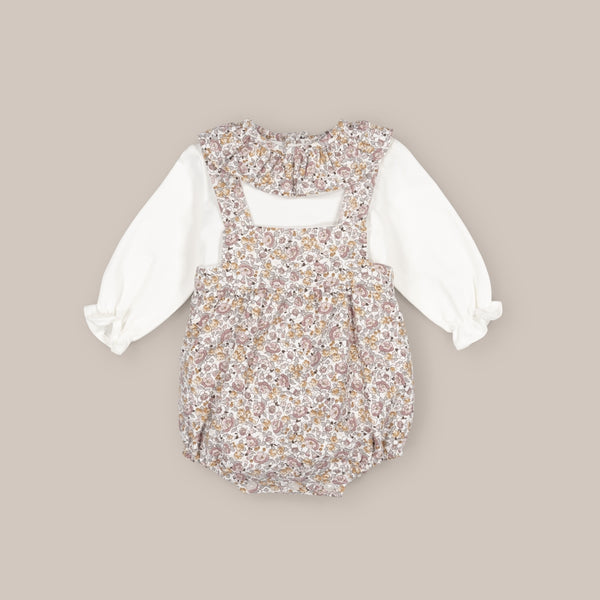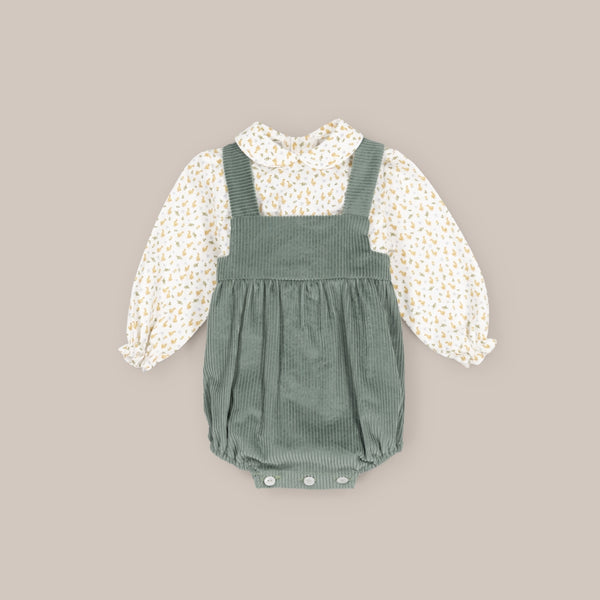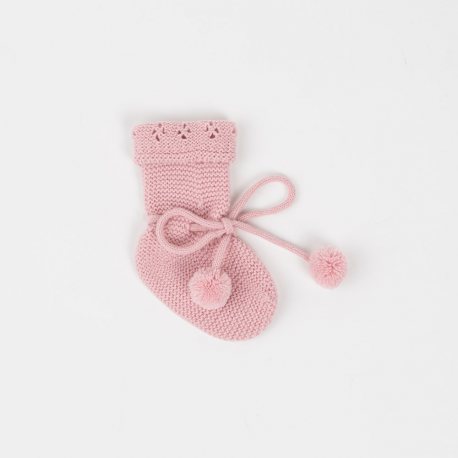How to choose the best children's shoes? Is there a specific shoe for each stage? Sometimes we don't give enough importance to our little ones' feet. However, footwear can have a significant impact on the development of the little ones in our home, which is why mothers should know the best type of shoe for each stage of their little ones' development.
In the first months of life, footwear is limited to protecting newborns from the cold, so a good pair of booties is enough to keep our babies' feet warm and protected. Depending on the time of year, we should pay attention to the fabric they're made of. In winter, we should look for a warm, thick fabric like wool, while in spring, they should be made of a cooler knit that allows feet to breathe, such as pearl.
During the crawling stage, starting around seven months, footwear should be very flexible, as babies need to get used to using their feet, and this requires the greatest possible sensitivity. Flexible footwear also allows for freedom of movement. For these months, shoes such as Mary Janes without soles—whether leather for the winter months or pique for the warmer months—for girls, or flats and English shoes without soles for the little princes of the house, are perfect.
From the moment children begin to take their first steps, it's essential to pay more attention to the characteristics of their shoes. Experts believe that shoes should be lightweight and low-cut to ensure better foot support. Low-cut shoes that reach the heel allow the ankle to flex properly. However, other types of higher-cut shoes, such as boots, can cause poor articulation, so they are not recommended when children are taking their first steps. It's also important to ensure there's at least 1 cm of space between the big toe and the toe of the shoe to prevent chafing. Furthermore, the sole should be fairly wide and between 3 and 5 mm thick.
On the other hand, it is advisable to buy shoes with simple closures such as Velcro or zippers, as this way children can get used to putting on and taking off their shoes on their own and thus gain independence.
To avoid chafing and heel injuries, we must ensure that the heel counter is supportive but not completely rigid, as a hard material doesn't adapt properly to children's feet and can cause annoying sores. It's also important that the inner lining be as smooth as possible, without seams, to prevent blisters on the soles of the feet.
Just as important as these recommendations is getting the shoe size right, as the common habit of buying a size larger to make shoes last longer can cause injuries to children's feet and ankles. If the heel slips or the shoe falls off, we should try a smaller size. For this reason, it's best for our little ones to try on shoes before using them, wearing the socks or stockings they plan to wear with that pair.
What did you think of our post on how to choose the best children's shoes? Leave us a comment.


















